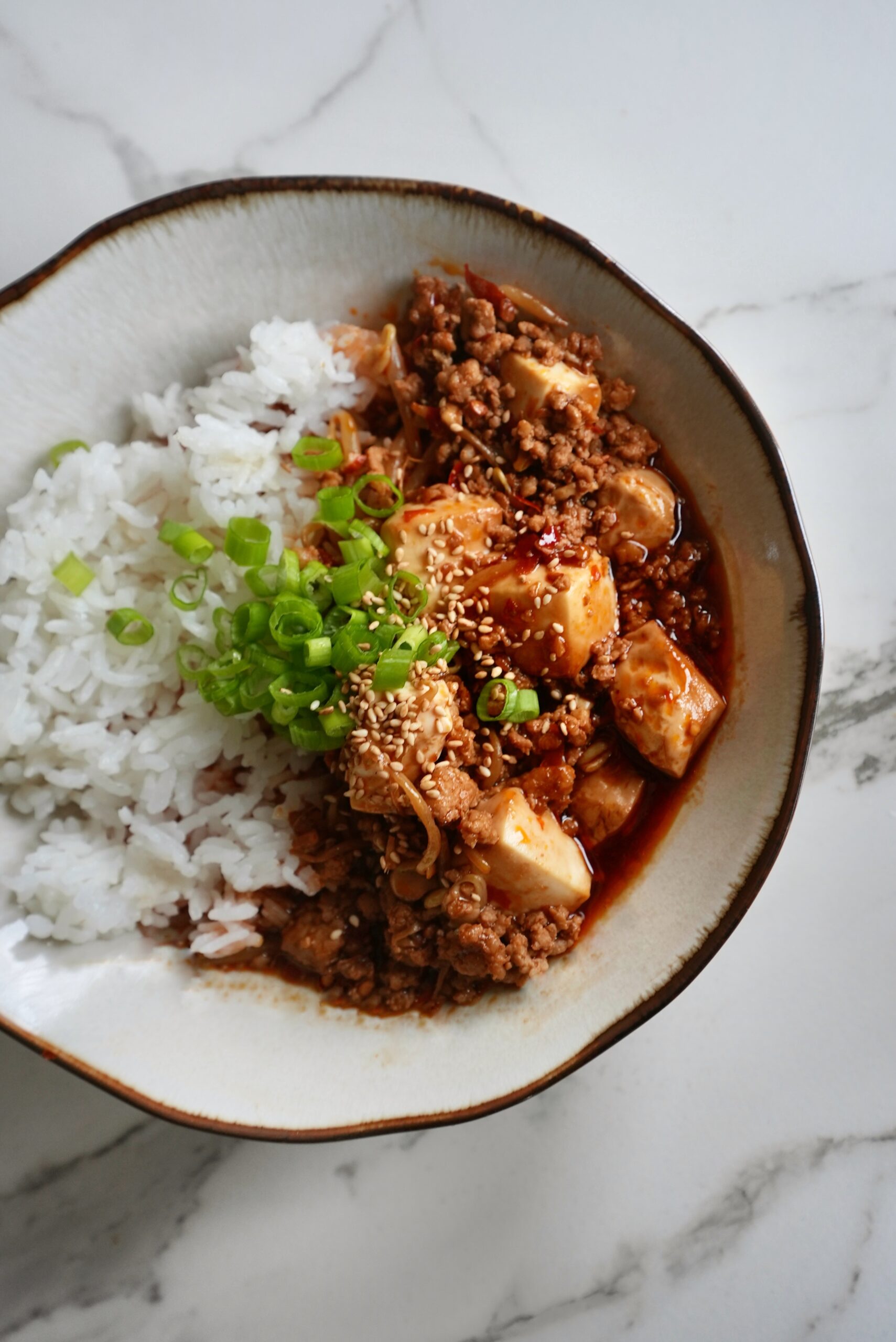
I grew up eating Mapo Tofu all the time—specifically the Japanese version, known as mābō dōfu.
It was a household staple: mild, comforting, and kid-friendly, made without the tongue-tingling Szechuan peppercorns you’d find in its Chinese counterpart. The Japanese adaptation is often made milder and slightly sweeter to suit Japanese palates. It still includes tofu and ground meat, but typically:
- Uses less oil and spice
- Often omits Sichuan peppercorns entirely (or uses very little)
- Uses Japanese-style chili sauces or seasonings
As I got older though, I grew to love the bold flavors of the original Szechuan-style mapo tofu! The kind with a spicy kick, deep umami, and signature numbing spice.

My Veggie-Packed Mapo Tofu leans closer to the Chinese classic, but with a few nutritious upgrades that are optional, but so good.
It’s loaded with hidden vegetables while still keeping everything that makes the dish delicious. Finely chopped onions, juicy tomatoes, sweet carrots, and crunchy bean sprouts blend seamlessly into the sauce. These additions bring in extra nutrients and texture without diluting the flavor profile.
Ground pork adds richness, but you can also use other ground meats. Either way, the tofu remains front and center, soft and silky against the bold sauce and veggie mix. Served over steamed rice, it’s the kind of meal that feels both nostalgic and fresh – and one you can feel good about eating.
Sauce Ingredients
Here’s a quick rundown of each ingredient of Mapo Tofu sauce, and what it adds to the dish:
- Doubanjiang (chili bean paste): Pictured – a salty, spicy fermented bean paste that’s the foundation of classic Mapo Tofu flavor.
- Szechuan peppercorns or peppercorn oil: Optional but highly recommended for the signature numbing, tingling sensation that sets this dish apart. I touch on this ingredient more in the next section.
- Broth: Adds depth and richness to the sauce.
- Soy sauce: Provides saltiness and umami.
- Mirin: A slightly sweet Japanese rice wine that balances out the heat and salt.
- Sesame oil: Adds a nutty aroma and smooth finish.
- Sugar: Enhances the sweetness and balances the savory elements.
- Cornstarch (optional): Helps thicken the sauce.
Where to Find High-Quality Szechuan Peppercorns
What sets mapo tofu apart for me is the Szechuan peppercorns. These tiny reddish-brown spices create a unique tingling, numbing sensation that’s oddly addicting. But not like a dentist’s numbness.
High-quality Szechuan peppercorns can be difficult to find, even from Asian markets. I like 50 Hertz’s. They’re the most authentic I’ve found outside of China. They also have oils, peanuts, chocolate, popcorn, and more, that all impart the numbing sensation.
The easiest way to add Szechuanese peppercorns to this dish is using their oil as a finishing oil that you drizzle on. But their peppercorns are also easy to use! Just grind them onto your food after toasting the peppercorns to activate the spice.
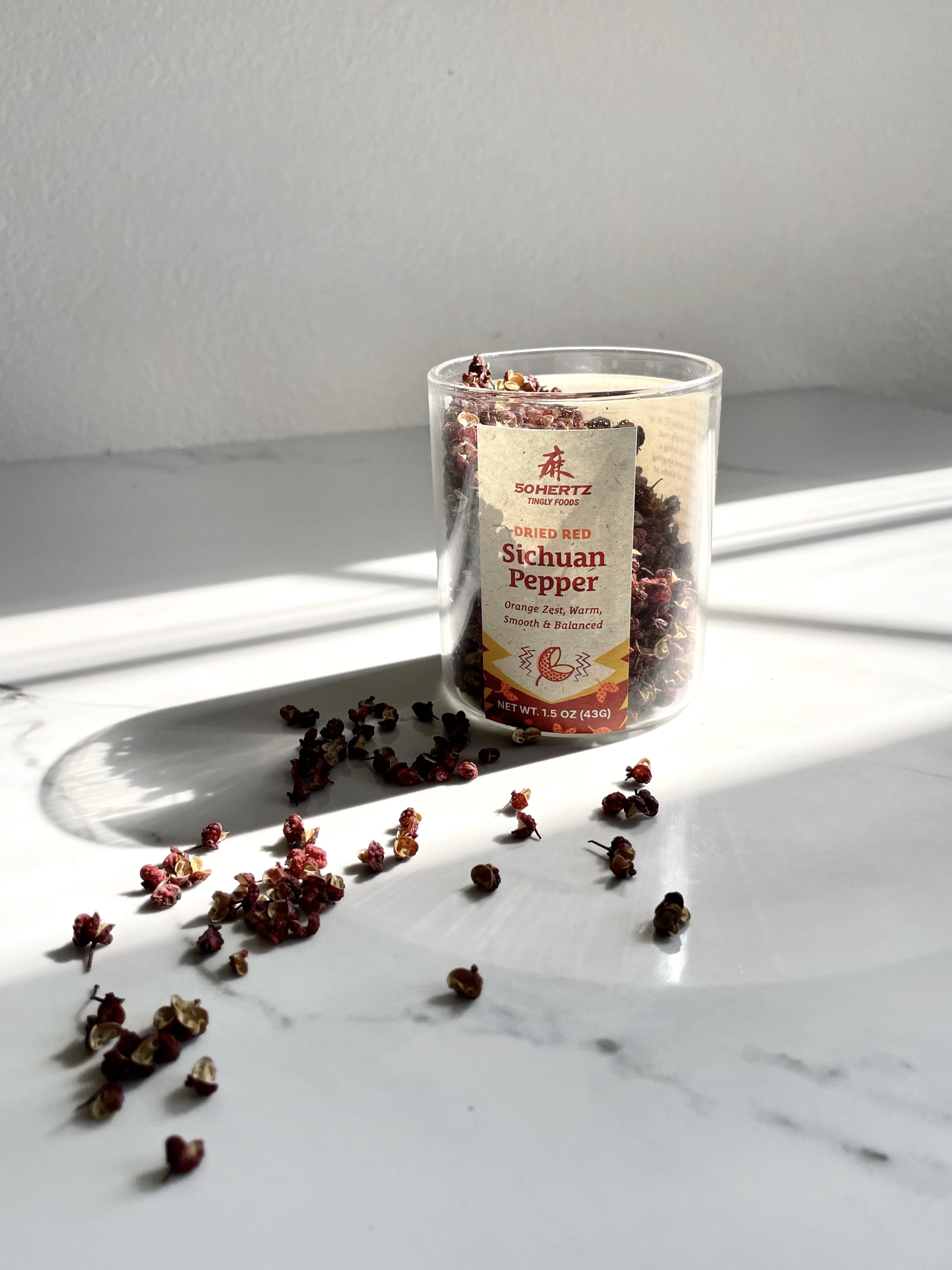
What Type of Rice to Use
Choosing the right type of rice can be confusing, especially with so many varieties available. From long-grain basmati to aromatic jasmine rice, each type has its own texture and flavor. In Japanese cooking, however, Japanese short-grain or medium-grain rice is almost always the go-to choice.
Short-grain rice, often labeled as sushi rice, is particularly prized for its soft and chewy texture, which pairs beautifully with traditional Japanese dishes. Medium-grain rice is a great alternative if short-grain isn’t available (I actually almost always use medium-grain myself because it’s generally cheaper where I live!). Both are ideal for recipes like this one, where the rice’s stickiness helps meld the flavors into every bite.

Recommended Rice Cookers
Do I need to have a fancy rice cooker to make this meal? NO! Just like anything, generally, the higher the quality, the better. But you can make my rice cooker meals in a cheap rice cooker, too!
Click the rice cooker photos to see my favorite rice cookers. I included a budget-friendly rice cooker I love! I use the Tiger 5.5-cup model shown. About 1/2 cup of Japanese short- or medium-grain rice makes 1 serving.
Key Features to Look For in a Rice Cooker:
- Steaming Basket or Tray: Allows you to steam vegetables or cook other ingredients while the rice cooks.
- Multiple Cooking Functions: Ensure it has settings for steaming, slow cooking, and possibly even baking.
- Non-Stick Inner Pot: Makes cleaning easier and prevents sticking.
- Timer and Keep Warm Function: Useful for planning meals ahead of time and keeping them warm until you’re ready to eat.

Easy Veggie-Packed One-Pot Healthier Mapo Tofu
- Total Time: 35 minutes
Description
My Easy Veggie-Packed One-Pot Healthier Mapo Tofu is a lighter twist on the classic Sichuan dish, loaded with vegetables for extra nutrition while keeping all the bold, savory flavors you love.
Ingredients
- 3 cloves garlic, minced
- 1 tablespoon ginger, grated
- 1/2 yellow onion, finely diced
- 1/2 lb ground pork (substitute for any ground meat)
- 1 cup cherry tomatoes
- 1/2 large carrot, julienned
- 1 1/2 cups bean sprouts
- 16 oz silken tofu
- 3–4 servings rice (I recommend Japanese short-grain or medium grain rice for the most authentic Japanese experience!)
- Chopped green onions and roasted sesame seeds for garnishing (optional)
Sauce Ingredients:
- 2 tablespoons doubanjiang (chili bean paste)
- 1/2 tablespoon Szechuan ground peppercorns or peppercorn oil (optional, but highly recommended! Add more or less depending on your preference)
- 1 cup chicken, beef, or bone broth
- 2 tablespoon soy sauce
- 2 tablespoon mirin
- 1 teaspoon sesame oil
- 1 tablespoon sugar
- 1 teaspoon cornstarch (optional; to thicken the sauce)
Instructions
- In a large pan over medium heat, heat a bit of oil and add the garlic, ginger, and diced onion. Sauté until fragrant and the onions are slightly translucent.
- Add the ground pork and cook until browned, breaking it up as it cooks.
- Stir in the cherry tomatoes and carrots. Cook for 3 – 4 minutes until the tomatoes begin to soften.
- Into the pan, add all the sauce ingredients. If using cornstarch, dissolve it into the broth first to avoid clumping. Stir everything to coat in the sauce thoroughly and simmer for 2 minutes.
- Gently add the silken tofu and bean sprouts. Simmer everything once again for about 5 – 7 minutes, allowing the sauce to slightly reduce and thicken. Be careful not to stir too vigorously to keep the tofu intact.
- Spoon over hot steamed rice. Garnish with chopped green onions and toasted sesame seeds if desired. Enjoy!
- Prep Time: 15 minutes
- Cook Time: 20 minutes
Nutrition
- Serving Size: 3-4

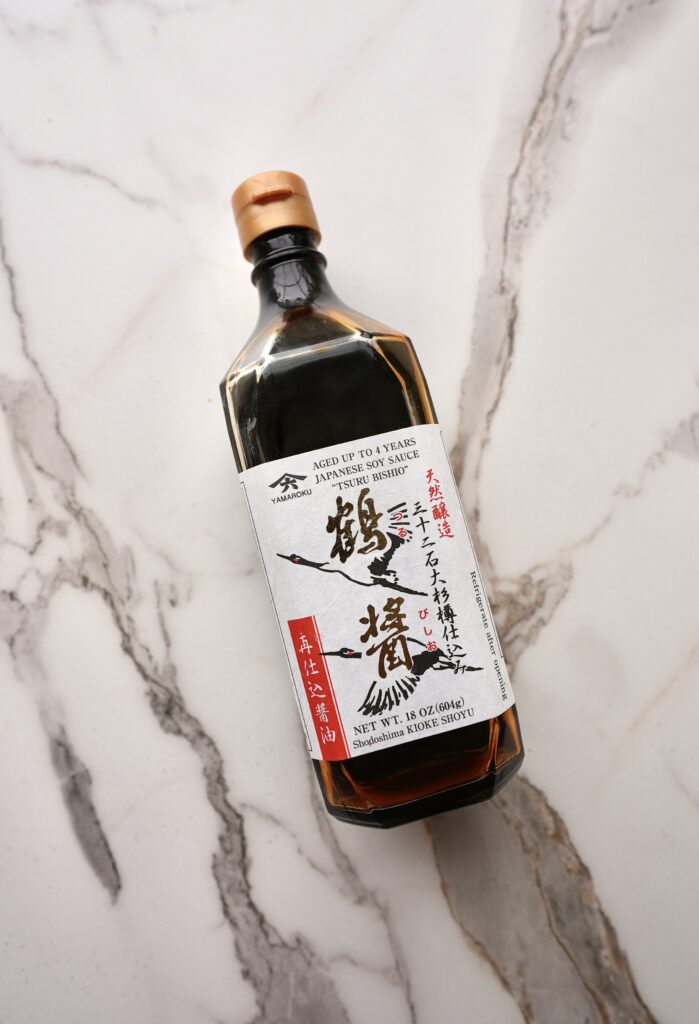
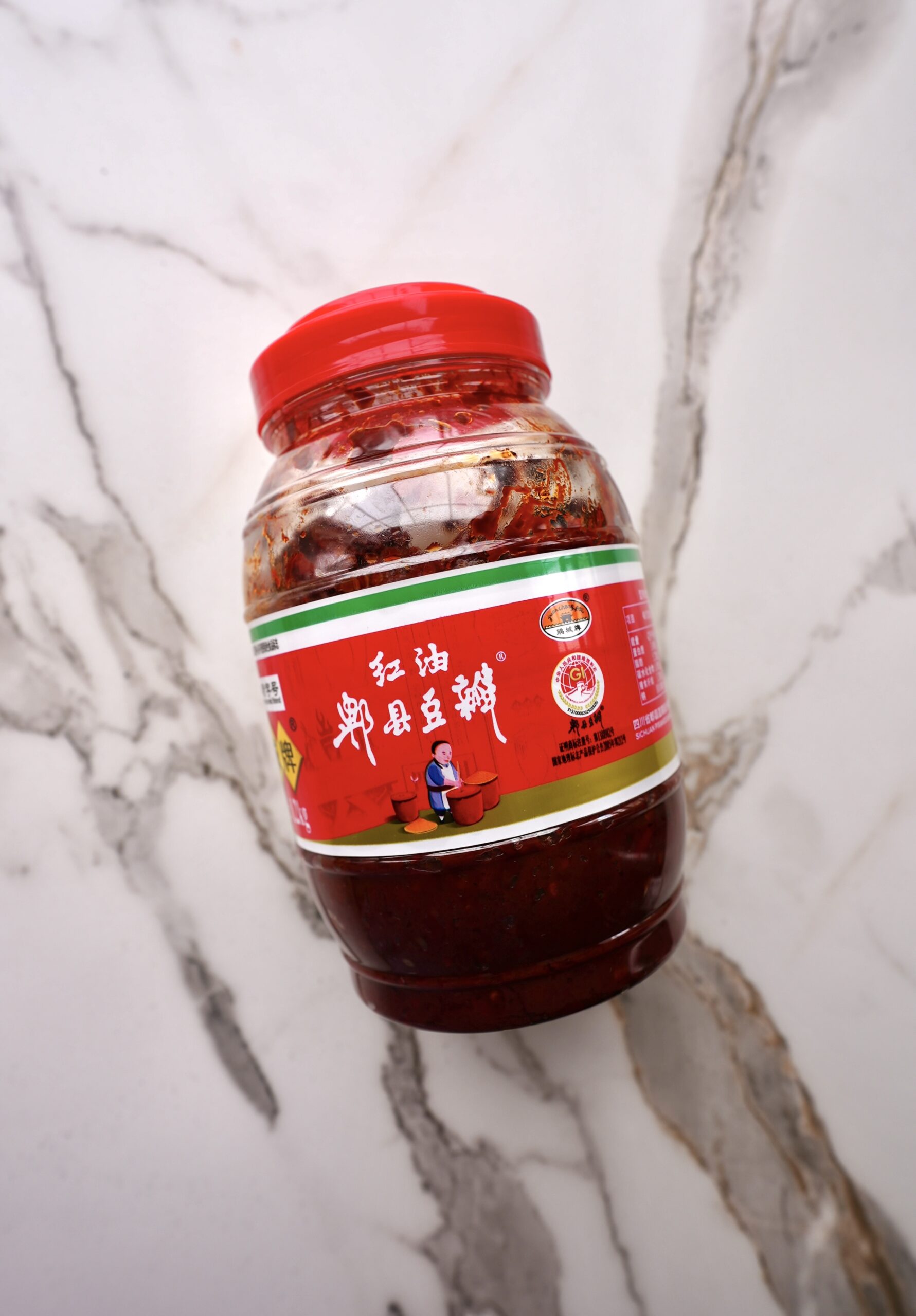
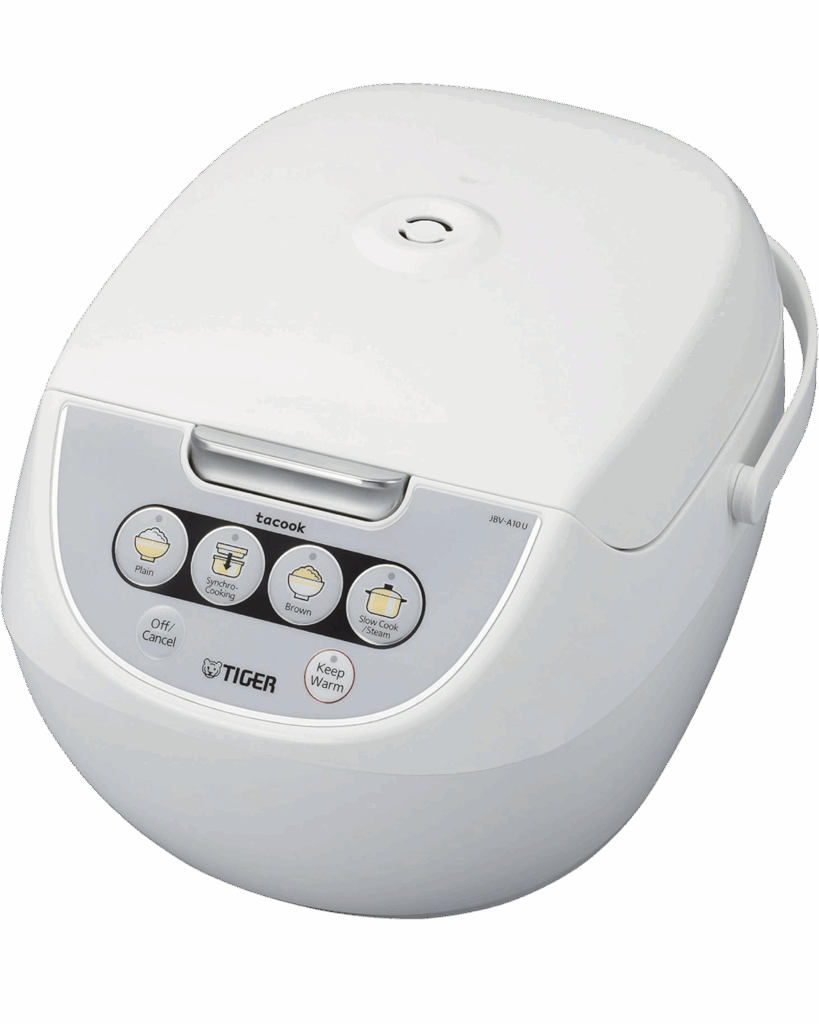
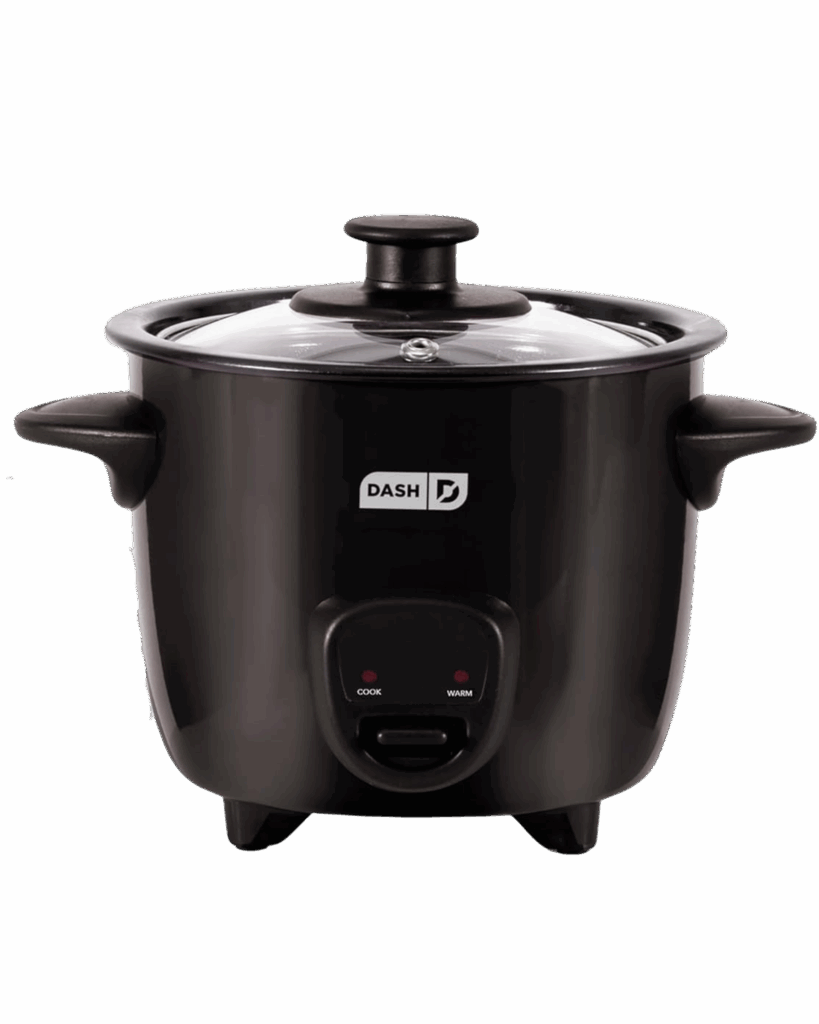



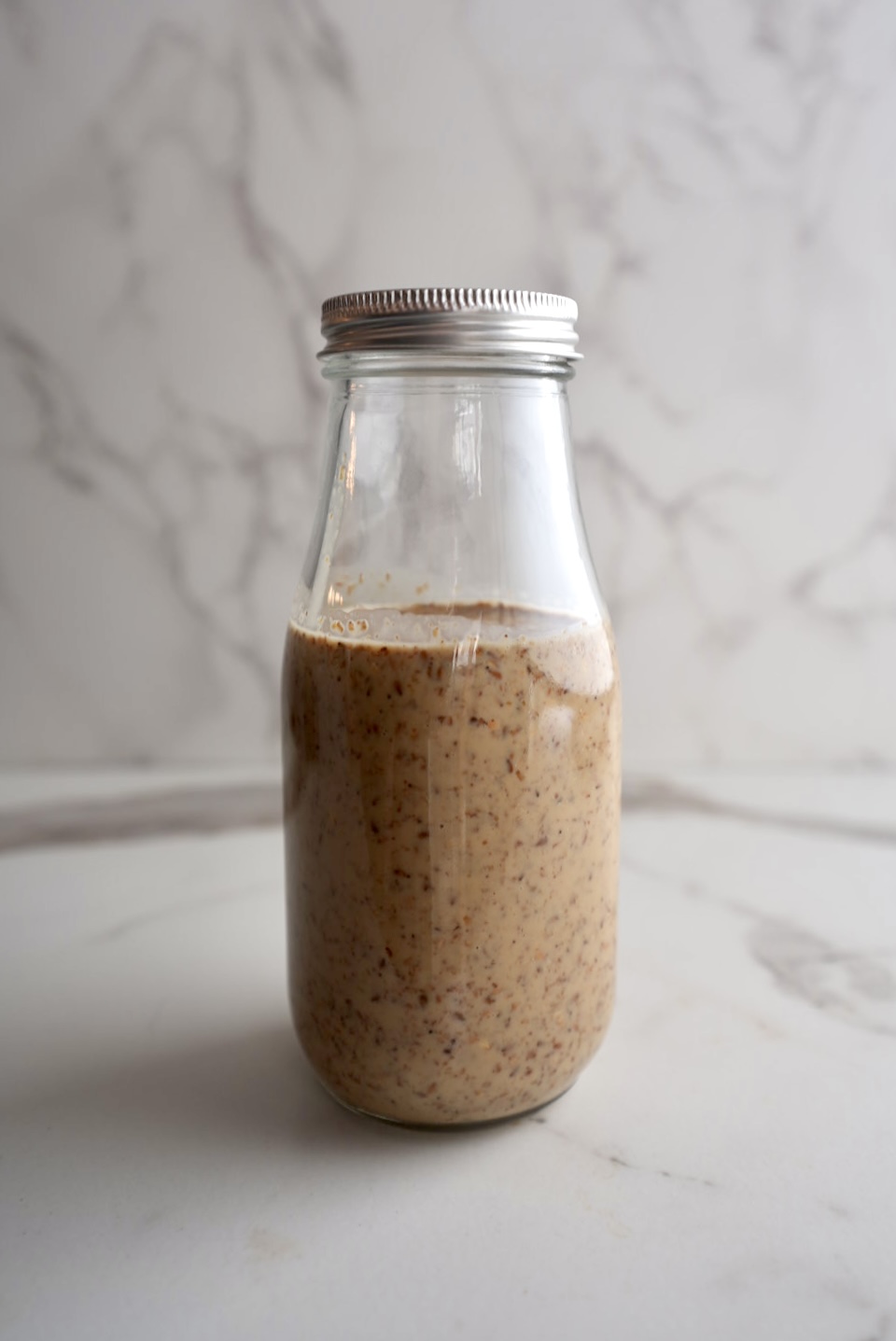
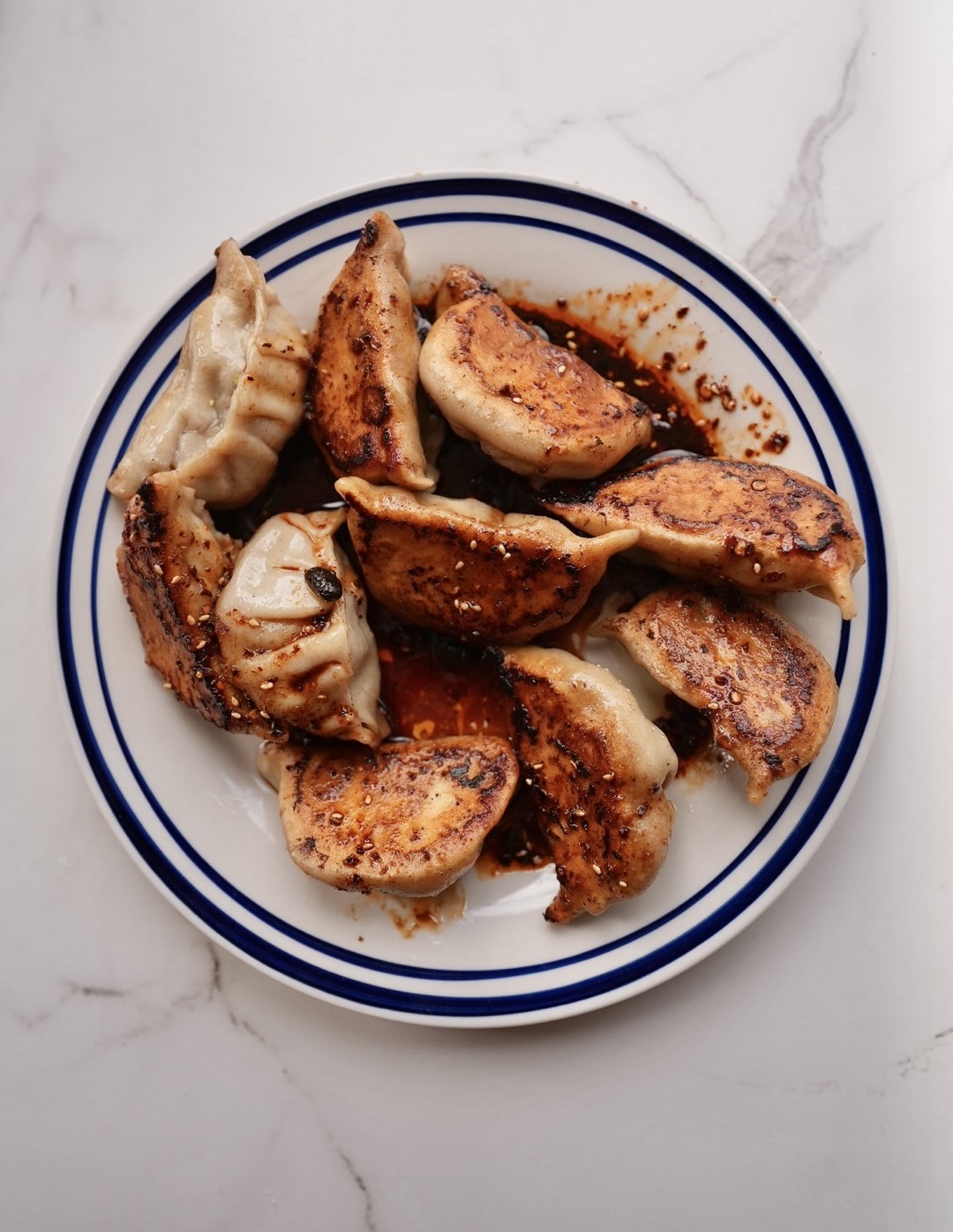
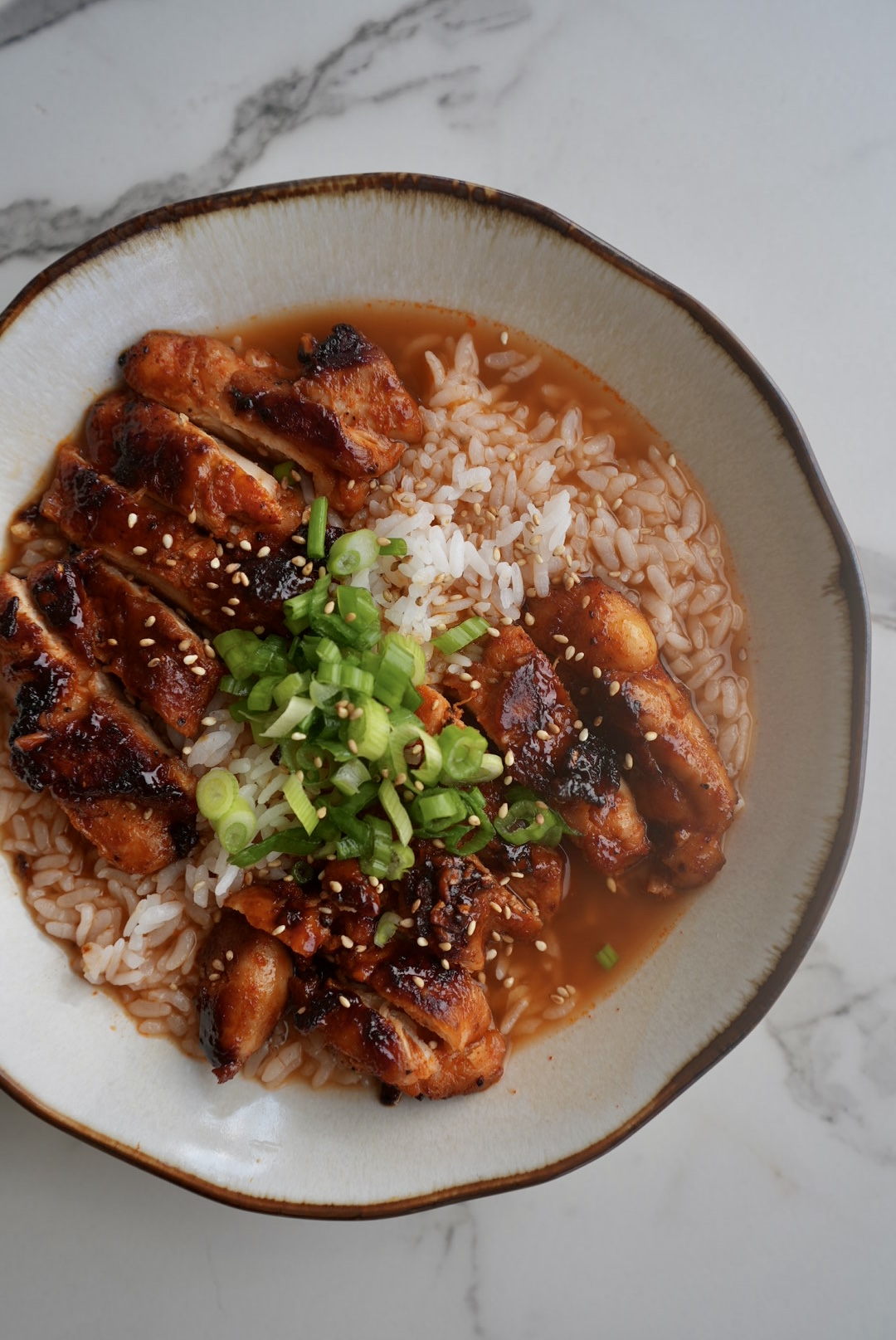
Veggie mapo tofu is great! I’m surprised that I didn’t miss the meat all that much and I felt healthier.
Thanks for sharing, Jolene!
The added vegetables made it heartier but didn’t water down the flavor. Good add!
The veggies are seriously awesome! Glad you loved them 🙂